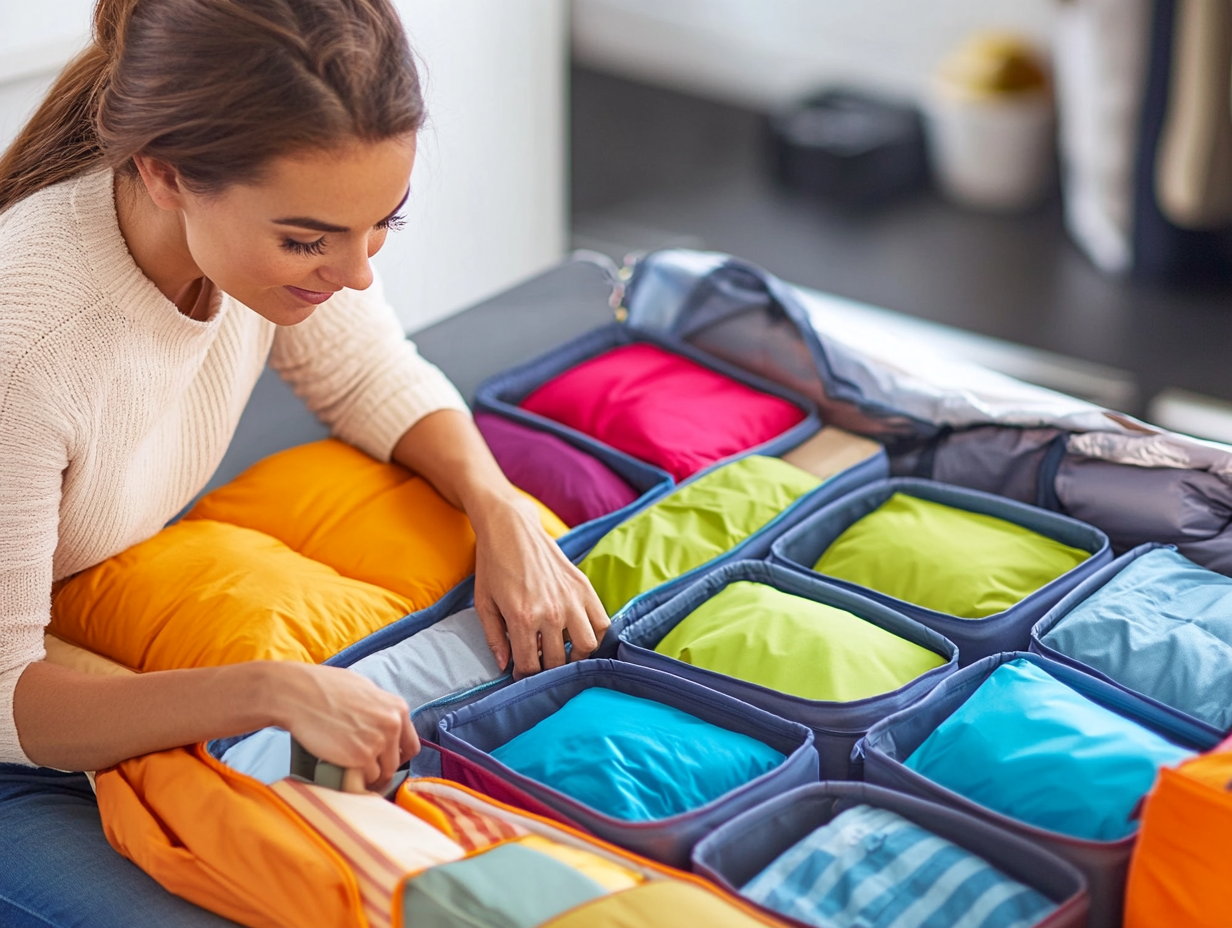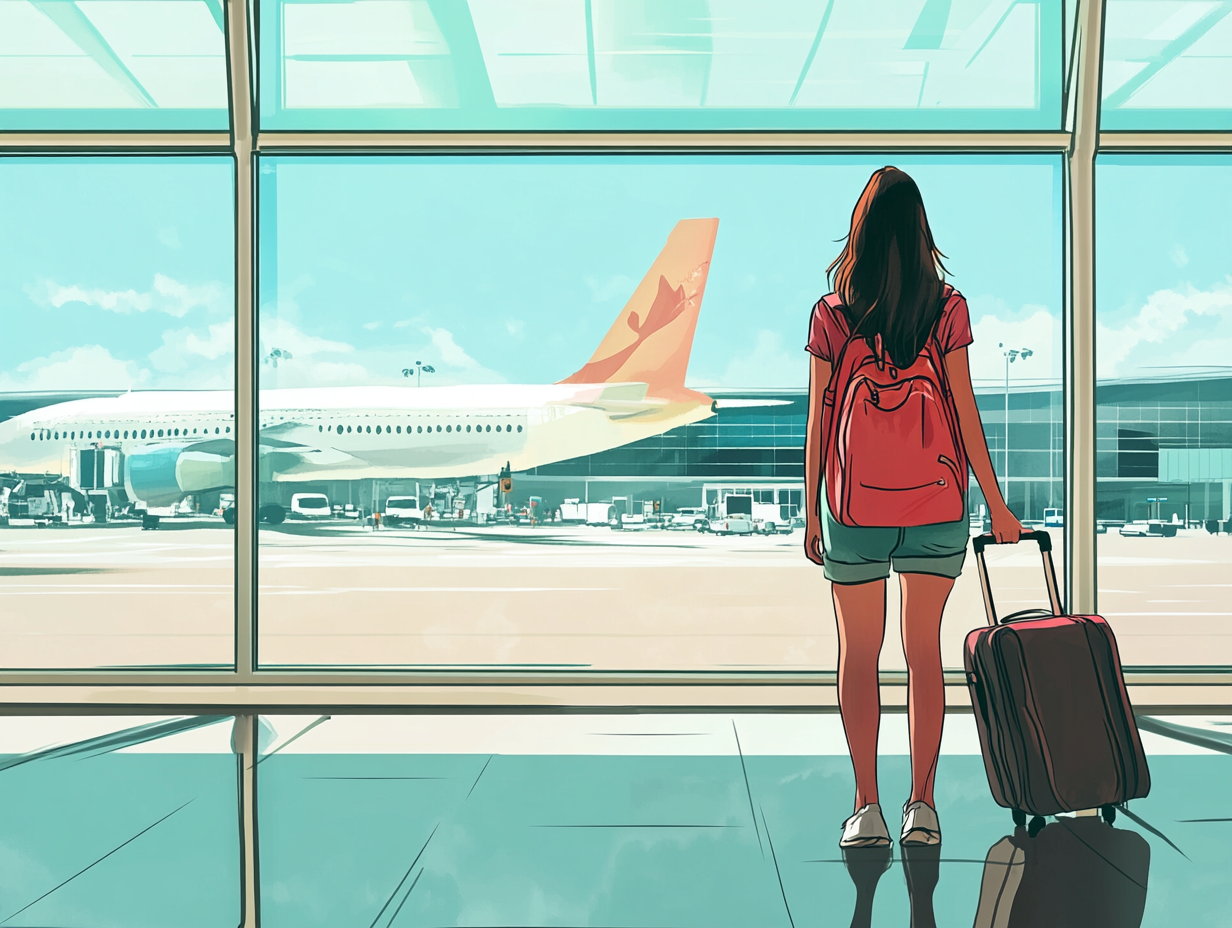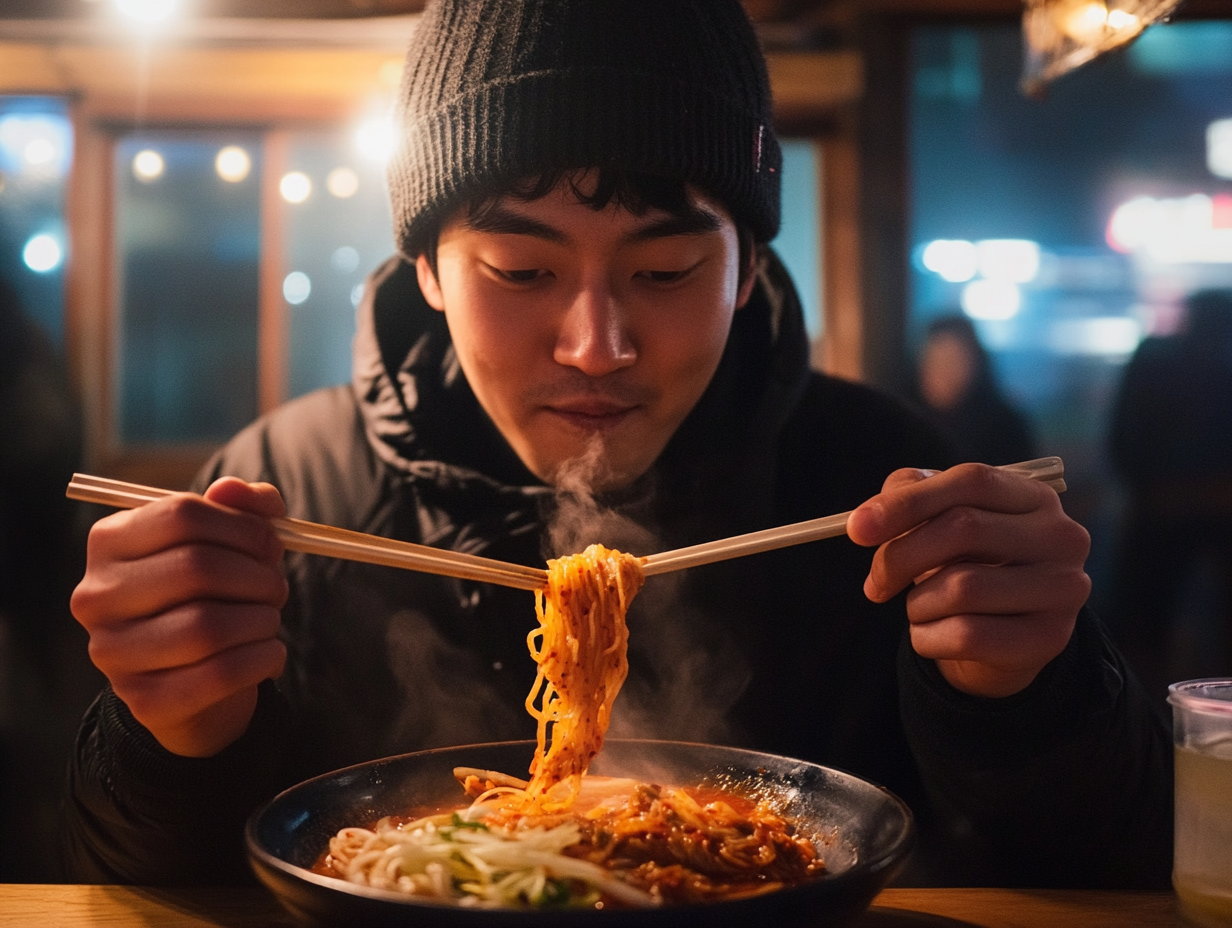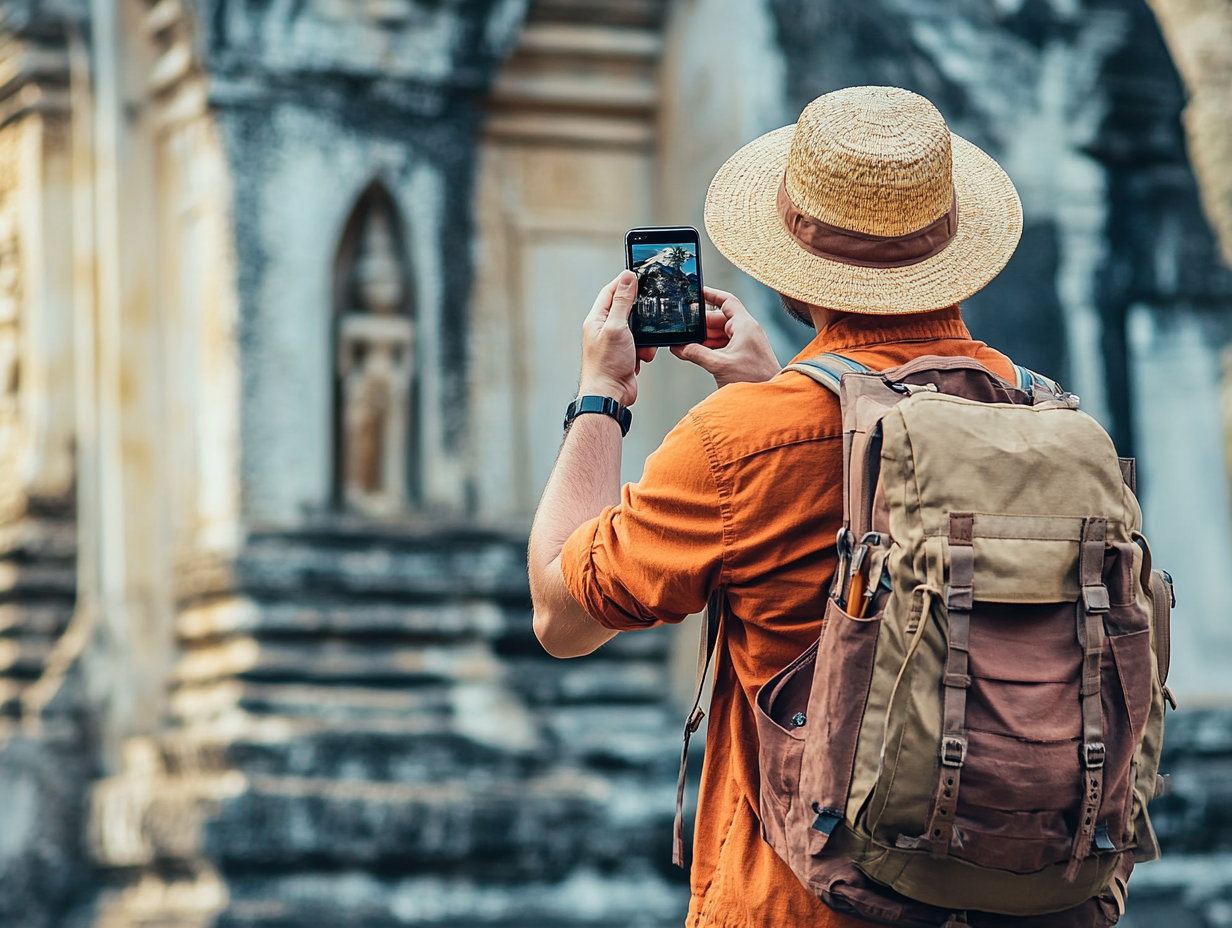Packing cubes are the key to stress-free travel, we’ll show you how to use them
Are you tired of wrestling with your suitcase every trip? Packing cubes are the game-changer you need. These simple yet ingenious organizers can transform your packing experience, making it faster, easier, and more efficient. Keep reading to learn how to use packing cubes to make traveling as stress-free as possible.
What are packing cubes?
Packing cubes are small, rectangular fabric containers used to compartmentalize and organize luggage. They come in various sizes and are typically made of lightweight materials like nylon or mesh.
The idea behind packing cubes is simple: instead of shoving everything into your suitcase and hoping it all fits, you separate your belongings into them based on category, outfit, or even day of the week. This keeps things organized, makes packing and unpacking easier, and even saves you space.
Benefits of using packing cubes
Before we discuss how to use packing cubes, let’s consider why you should incorporate them into your travel routine.
- Organization: Packing cubes let you keep similar items together. Whether it’s grouping tops, pants, or undergarments, everything stays in its designated place. No more rifling through your suitcase to find that one shirt buried at the bottom!
- Space-saving: Believe it or not, packing cubes can help you maximize the space in your luggage. Compressing your clothes into compact bundles allows you to fit more items without overpacking.
- Easy access: Need to grab something quickly? Packing cubes allow you to easily pull out a cube and access your clothes without disrupting your entire suitcase.
- Minimizes wrinkles: When clothes are neatly folded or rolled into packing cubes, they move around less, reducing the chances of wrinkles and creases.
How to use packing cubes effectively
Now that you know why packing cubes are awesome, let’s learn how to use them like a pro. It’s all about strategy and finding the best packing cubes for your travel style.
1. Choose the right sizes and shapes
Packing cubes come in various sizes – small, medium, large, and sometimes even extra-large. Start by choosing a set that suits your luggage and the types of items you plan to pack. For example, use larger cubes for bulkier items like sweaters and pants and smaller cubes for underwear, socks, and accessories.
You might also encounter specialty packing cubes, such as shoe bags or toiletry cubes, which can further streamline your packing.
2. Sort and group items by category
One of the benefits of packing cubes is the ability to categorize your belongings. To start, lay out all the items you plan to pack and group them by type, such as:
- Tops
- Bottoms
- Underwear and socks
- Workout clothes or swimwear
- Sleepwear
- Accessories
Once you’ve sorted your items, allocate each category to a designated packing cube. This makes it easy to find what you need during your trip without pulling everything out of your suitcase.
3. Roll or fold clothes for maximum space
There’s a bit of a debate in the travel community over whether you should roll or fold your clothes when using packing cubes. The answer depends on your personal preference, but here are some tips:
- Roll for casual wear: Rolling your clothes can save space and minimize wrinkles. It’s ideal for casual wear, like T-shirts and shorts.
- Fold for formal wear: Folding clothes is a better option for more structured garments, such as dress shirts or suits, that need to maintain their shape.
Either way, packing cubes help keep everything in place, so you won’t have to worry about your rolled or folded items unraveling.
4. Create a system based on your itinerary
Another way to use packing cubes is to organize them by outfit or day of your trip. For example, if you’re going on a week-long vacation, pack each cube with the clothes you’ll wear for specific days or activities – one cube for daytime wear, another for evening outfits, and a third for workout gear.
This method is especially helpful if you’re staying in multiple locations and don’t want to unpack your entire suitcase every time. Just grab the cube you need and go!
5. Use a dedicated cube for dirty laundry
A common question about packing cubes is how to deal with dirty laundry. The solution? Dedicate one cube solely for used clothes. This keeps them separate from your clean items and prevents odors from spreading.
Alternatively, you can invest in a water-resistant or odor-blocking packing cube to use as your laundry bag. This will keep everything fresh and your suitcase tidy until you’re ready to wash your clothes.
More tips and tricks
- Don’t overstuff: It’s tempting to pack each cube to the brim, but overstuffing can lead to bulky, misshapen cubes that are hard to fit into your suitcase. Aim to leave a bit of breathing room for easier packing.
- Use compression cubes for extra space: If you’re a chronic over-packer, look into compression packing cubes. These have an extra zipper that compresses the contents even more, giving you additional space for those “just-in-case” items.



